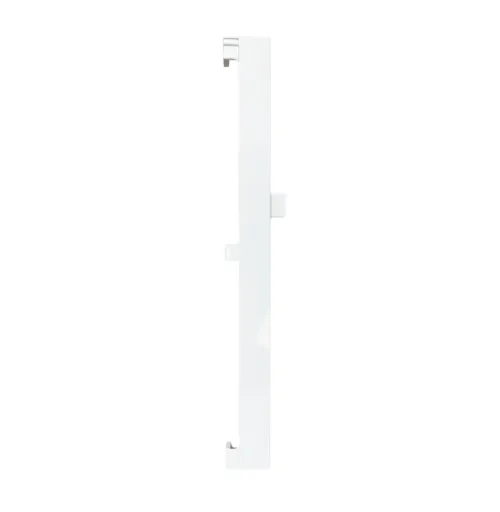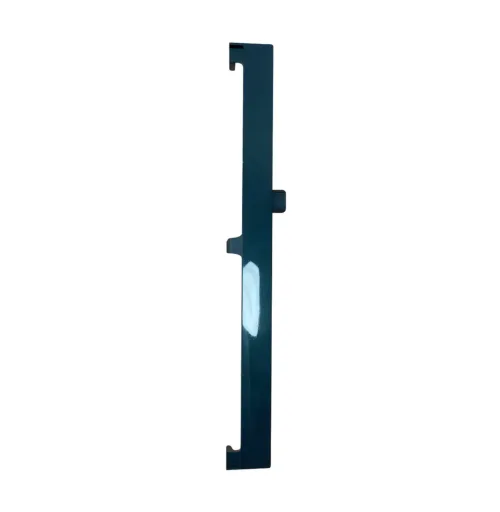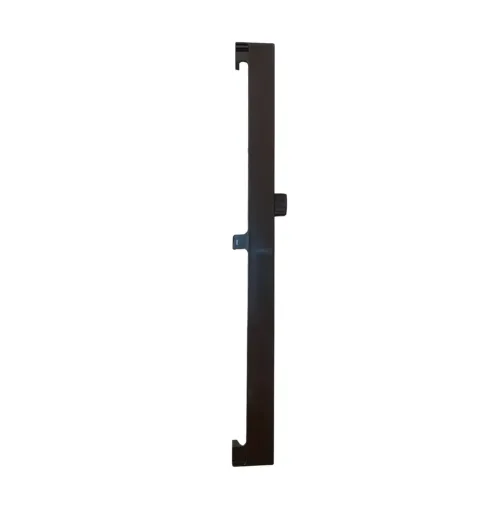The Downsides of UPVC Windows
Published on: October 10, 2025

UPVC windows are the national standard nowadays, it’s very rare that a new build or conversion will be fitted with timber or metal windows like were common back in the day.
Many people are also converting their older windows to UPVC to make their home less draughty or more secure. This improves overall value, although sometimes at the cost of kerb appeal.
There are a few other issues caused by UPVC windows that people aren’t aware of. So today we’re going to talk about them, explaining how you can avoid these issues and what we can do to help.
But first, the basics:
What are UPVC Windows?
UPVC, sometimes spelled uPVC, is a durable material that is great for windows and doors. It stands for unplasticised polyvinyl chloride – a compound that can be moulded when hot, then cooled into a solid shape.
It was first used for windows back in the 1960s and 70s but only became widely available for our homes a decade or so later. Not only was it more reliable than timber and metal, it was also better than PVC, which had been used as a cheap alternative before uPVC became commercially available. PVC windows are now rare, as the plasticky compound was more prone to wear and breakages after only a few years.
The Benefits of UPVC Windows
Take a look outside, how many windows can you see? If you live in a built-up area, the answer will be a lot, and even smaller towns and villages have thousands. That’s a high demand market, which is why UPVC took off so quickly.
Not only is it cheap to produce, making it more cost effective than timber windows, it also offers excellent longevity. With minimal maintenance required, your UPVC windows could be left to do their thing for decades, and short of any heavy hits that can crack the material, they won’t show their age.
Wooden windows also need to be painted every now and then to preserve the surface. A tough exterior paint is ideal, especially if it is paired with a layer of primer. Although you can also paint UPVC windows and doors, the surface doesn’t need the extra protection against the elements. One reason people aren’t keen on UPVC is because of how they look, preferring the stylish older alternatives. But you can find UPVC paint that gives the illusion of wood or metal, helping you to capture that look without losing out on the advantages of UPVC.
So with all these benefits, UPVC windows probably sound like the perfect choice. And while they are, there are a few things you should still keep in mind.
How UPVC Windows Affect Ventilation
UPVC windows create an airtight seal between the open window and the surrounding walls. This is great on paper; it prevents draughts and makes the windows more secure.
However, one of the main benefits of timber or metal windows is those very small gaps that could allow air through. If you seal this gap completely, the air flow inside becomes much worse, unless the window is left open at all times.
In warm weather, leaving a window open is no problem at all. But in winter, or overnight, it’s much better to leave your windows closed and help your home stay warm. This allows the air inside to become stale as it can’t be diluted by fresh air from outside. Bad smells won’t disperse, and over time damp and mould could form if the ventilation is poor enough.
Because these issues can also be caused by leaks or humid conditions, some people make the mistake of tearing apart their rooms looking for the cause, when it fact it was because of their UPVC windows. Even if there is another cause, UPVC can make them worse faster, costing you more money.
It isn’t just in our homes where these issues can occur. If you own a commercial building, you’ll naturally want UPVC windows for all the reasons we’ve discussed. But poor air quality will affect your workers, or anyone else who spends time inside.
So what’s the solution? It’s simple – you need trickle vents from Air Box.
How to Improve UPVC Window Ventilation
Our trickle vents are the perfect solution for improving ventilation within your home. These can be left open in all weathers without affecting the indoor temperature or creating draughts.
Many UPVC windows have trickle vents built in, but these are essentially just holes in the window frame, which allow not enough air in and too much heat out. Our Air Box trickle vents are designed to channel air upwards, so any draughts aren’t felt but you still have plenty of fresh, clean air coming into your home.
Our Air Boxes come in three colours, white, brown, and anthracite black, so you can match your existing frames. They are wider than typical built-in trickle vents in order to let in more air, but we designed them so they don’t protrude as much and therefore will never get in the way of blinds, shutters, and curtains.
If you’re convinced on the need to give your space clean fresh air that your UPVC windows might be depriving you of, you may also consider whether the product is going to be as easy to fit as Airbox. These take just a few minutes each to give you the huge upside benefits of clean fresh air with no drilling or cutting of your windows.
Once they’re installed, you won’t even notice they’re there. But what you will notice is how much cleaner the air smells, and all your ventilation-related issues will be a thing of the past.
If you have any questions about us or our trickle vents, please don’t hesitate to get in touch. We look forward to hearing from you.



